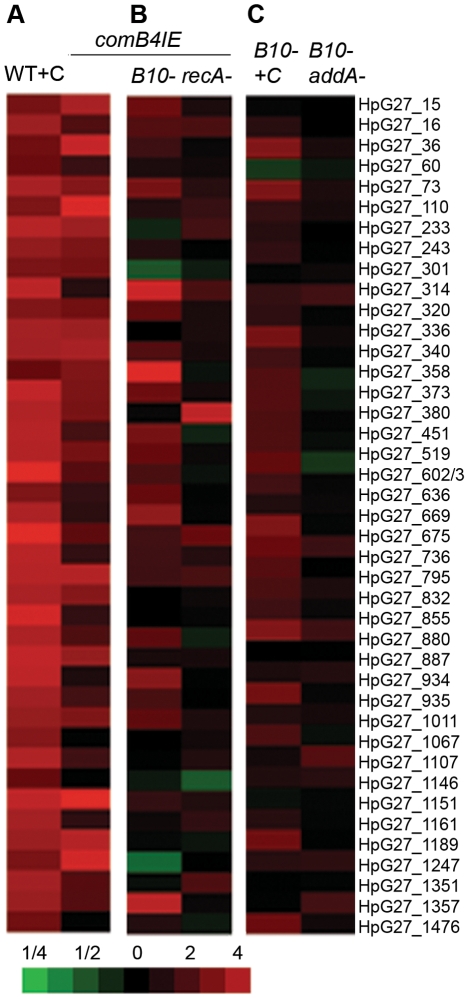Figure 3. com T4SS control of the DNA damage response.
A. The comB4 merodiploid (comB4IE) induces expression of DNA damage responsive genes. Untreated wild-type cells are compared to either wild-type cells treated with ciprofloxacin (WT+C) or untreated comB4IE cells and the mean of fold change in RNA expression measured by microarray from three independent cultures is shown. Bottom, scale bar indicates fold change for heat maps in A,B,C. B. Increased expression of DNA damage responsive genes in comB4IE cells requires recA and the com T4SS. Untreated wild-type cells are compared to either comB4IE ΔcomB10 (comB4IE B10) cells, or comB4IE ΔrecA cells and data is represented as in Figure 1A. C. Full induction of DNA damage responsive genes by DNA damage requires the com T4SS. Untreated wild-type cells are compared to ciprofloxacin treated ΔcomB10 mutant cells (B10- +C) and untreated ΔaddA ΔcomB10 double mutant cells (B10- addA-). Data is represented as in Figure 1A.

